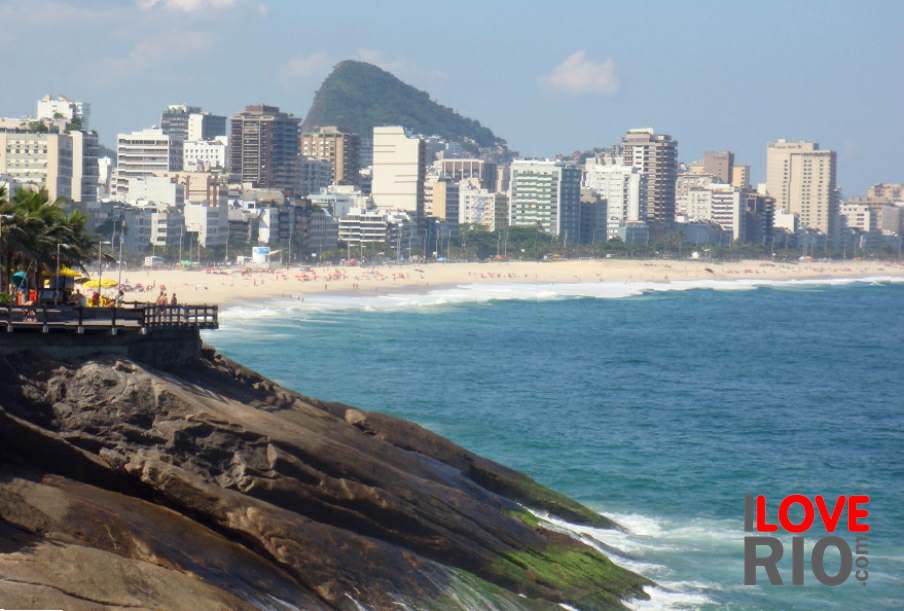

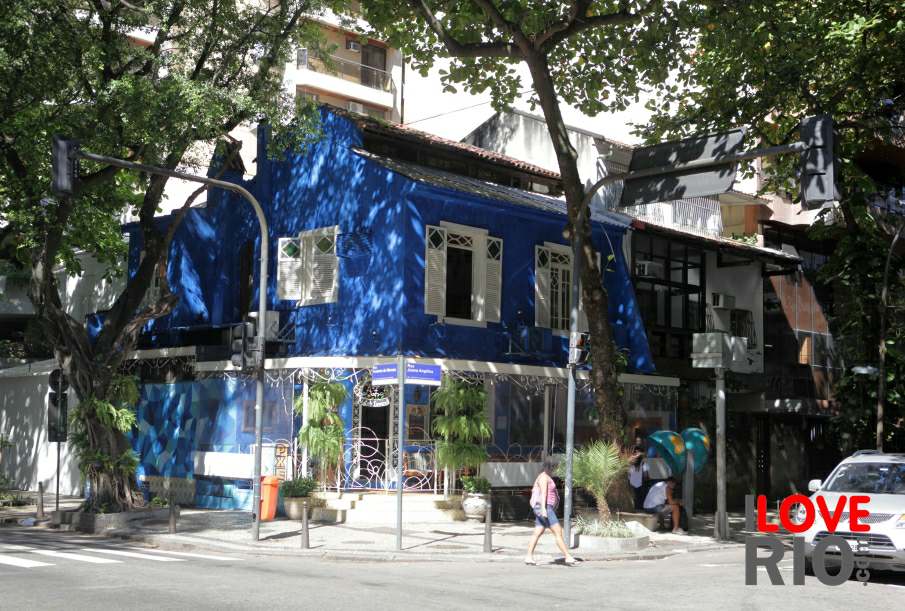
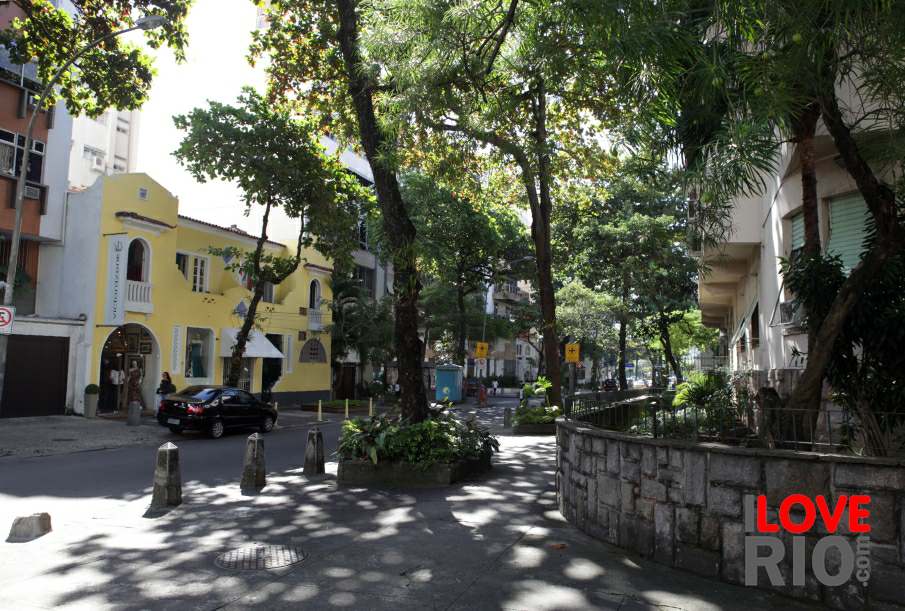
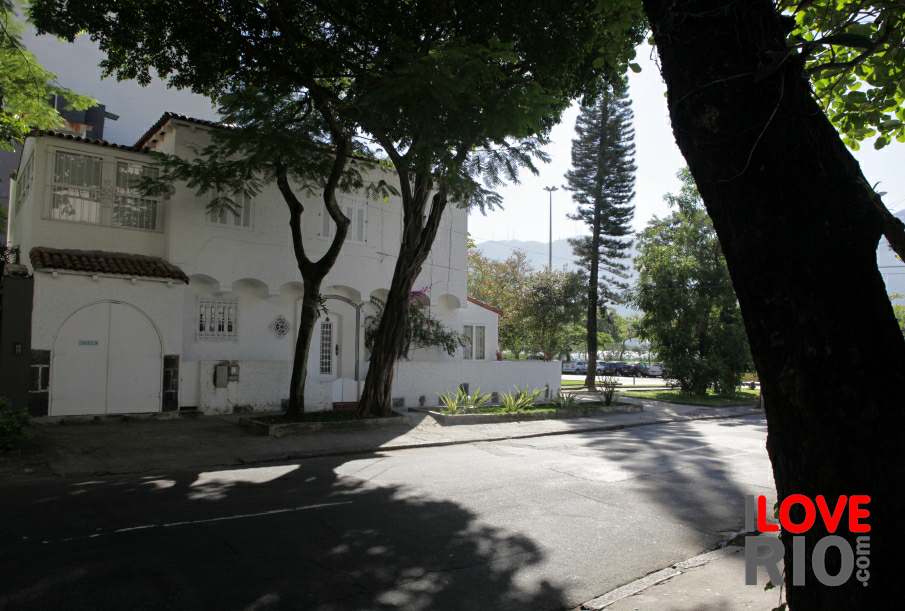
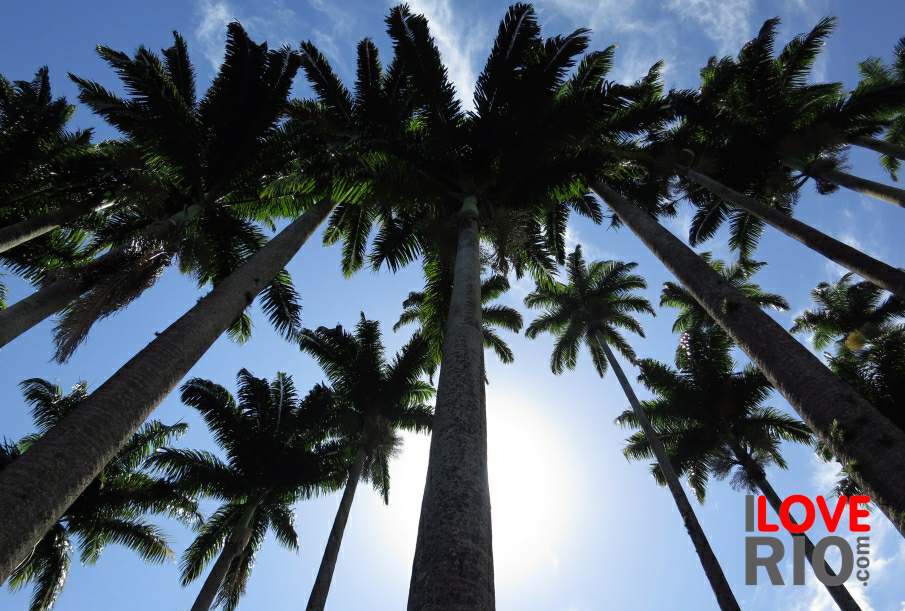
at a glance
The slave market was located on Rua Camerino - formerly Rua do Valongo. From 1850, the necessity to construct a port for the city became even more profound, leading to the creation of numerous pier construction projects, docks, warehouses, embankments, railway tracks and machines for loading and unloading goods. In the meantime, in the early years of the 20th Century, as a result of the Reforma Passos (Reform Steps), profound transformations took hold of the urban space of the then capital of the Republic. The renovation project was concentrated in the central area of the city and the new port would play a seminal role in the transformation of the capital, including the construction a new wharf, as well as the landfills of Prainha, Valongo, Gamboa, Alferes, Praia Formosa and even the elongation of the Mangue channel to the sea. The large remaining section of the city was urbanized to modern standards: wide roads, regular blocks laid out orthogonally, and lots with large dimensions.

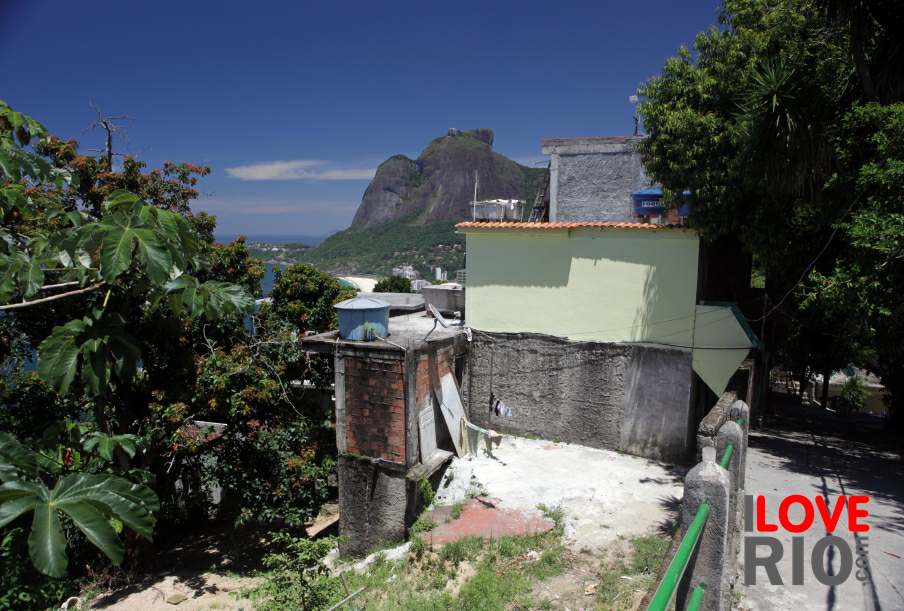
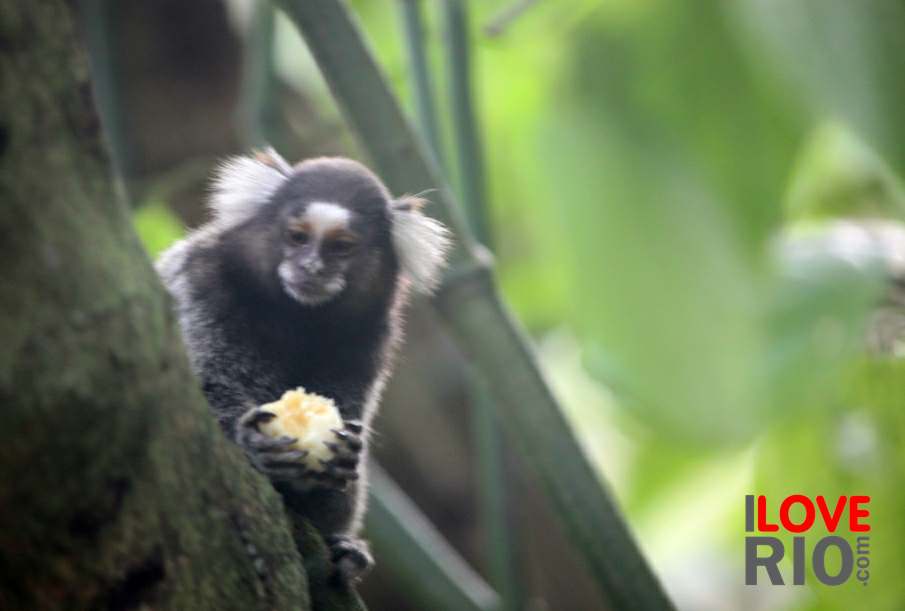
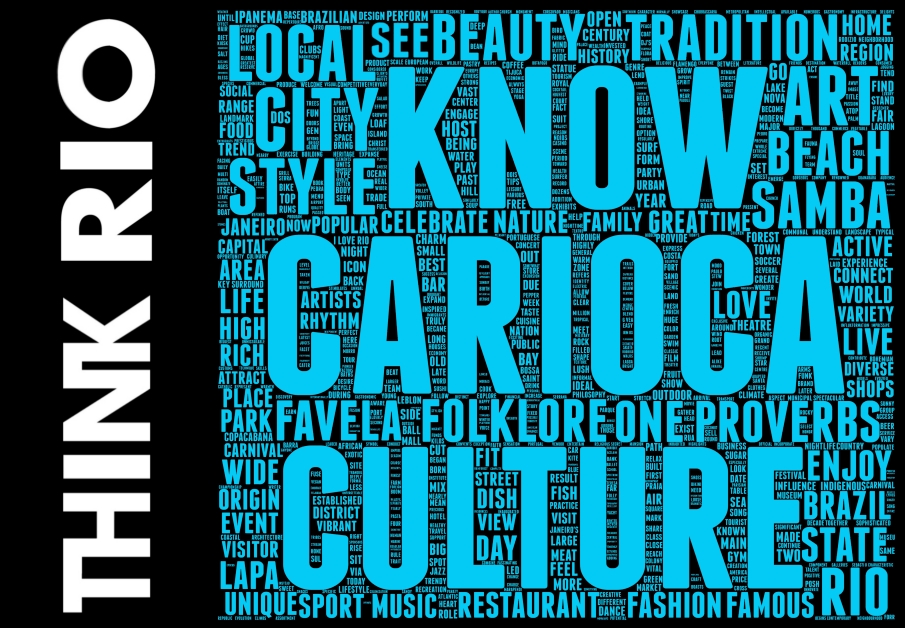
zona norte




